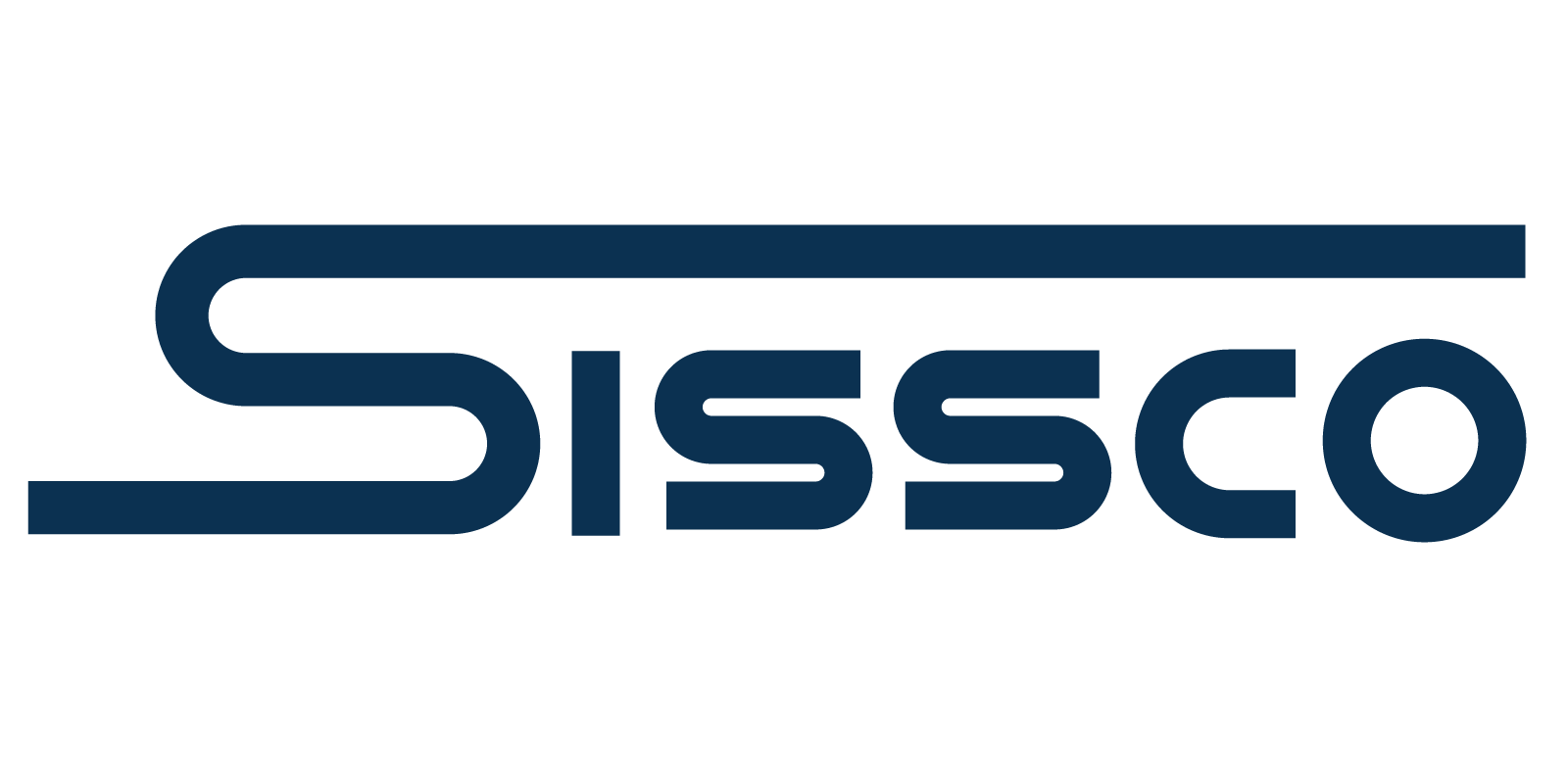How to Stay Safe While Using an Overhead Crane
Regardless of the type, cranes are used to lift, move, and lower loads vertically and horizontally. Considering the work these systems are doing is dangerous, they need to be carefully chosen and properly maintained. For instance, an overhead crane is ideal for heavy lifting but suffers from a lack of mobility. When mobility is the most critical factor for work, it is best to go with a gantry crane. Using the wrong system for a specific job creates dangerous situations that put lives in danger. The most important aspect of lifting is safety.
Safety of overhead crane use is so essential that OSHA has regulated standards for operation and maintenance. Following these regulations can mean distinguishing between safe/effective operations and dangerous situations.
Overhead Crane Service
The most critical OSHA regulation for overhead crane services is 1910.179 (29 code of CFR). The general requirements of this regulation are:
- Only personnel that has been trained and certified should operate the systems. OSHA training and familiarity with specific systems is an absolute requirement because human error is the leading cause of failure and injury within the material handling industry.
- Make sure systems are marked on each side of the overhead crane with the rated load. This is especially true when more than a single hoist is used in a location. Overloading systems is one of the most common errors resulting in catastrophic results.
- All cranes must be inspected before initial use and after they’ve been altered/upgraded. Once a system is put into daily operations, two overhead services are needed: frequent and periodic inspections. Both types of inspections are essential, but for different reasons, so OSHA makes both a requirement.



